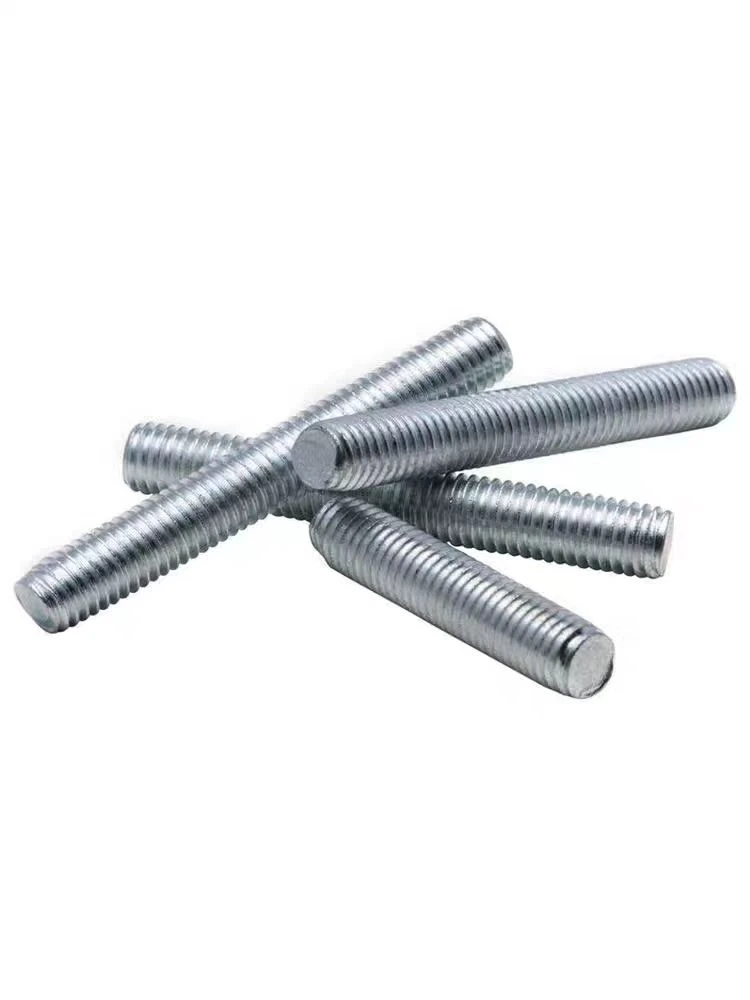

plain washer din
Oct . 30, 2024 20:02 Back to list
plain washer din
Understanding Plain Washers An Essential Component in Fastening Solutions
In the world of construction and manufacturing, small components often play crucial roles in the overall integrity and functionality of structures and machines. Among these components, plain washers, specifically those designed according to the DIN (Deutsches Institut für Normung) standards, stand out as essential elements in fastening applications. This article explores the significance of plain washers, their specifications, and their practical applications.
What is a Plain Washer?
A plain washer is a flat disk, typically made from metal, plastic, or other materials, used in conjunction with fasteners like bolts and screws. Its primary function is to distribute the load of the fastener over a larger surface area. This distribution helps to prevent damage to the materials being joined, minimizes the risk of over-tightening, and reduces the chances of loosening due to vibration.
DIN Standards for Plain Washers
The DIN standards provide guidelines for the dimensions, materials, and mechanical properties of plain washers to ensure compatibility and reliability across various applications. For example, DIN 125 is one of the widely referenced standards that specify the dimensions and tolerances for flat washers. Understanding these specifications is crucial for engineers and designers when selecting the right type of washer for a specific application.
plain washer din

Plain washers according to DIN standards come in various sizes and thicknesses, allowing them to accommodate different bolt and screw sizes. The materials used can range from stainless steel for corrosion resistance to carbon steel for strength and cost-effectiveness. Some washers might even be coated to enhance their durability further.
Applications of Plain Washers
Plain washers are utilized across countless industries, including construction, automotive, aerospace, and manufacturing. They are found in various applications, from securing bolts on machinery to providing cushioning in electrical installations. In construction, for example, when assembling steel frameworks, plain washers help ensure that joints maintain their integrity over time, even when subjected to dynamic loads.
In the automotive industry, plain washers are critical in the assembly of various components, such as securing engine parts or suspensions. They prevent metal fatigue by minimizing point loading and ensuring even weight distribution.
Conclusion
Understanding the significance of plain washers, especially those conforming to DIN standards, is essential for anyone involved in engineering, manufacturing, or construction. These seemingly simple components play an invaluable role in ensuring the reliability and durability of assembled structures and machines. Proper selection and application of plain washers can make a significant difference in the longevity and performance of equipment and structures. As industries continue to evolve, the role of these washer standards remains vital in maintaining safety and efficiency in fastening solutions. Whether you are a seasoned engineer or a DIY enthusiast, paying attention to the details of washers can lead to better, more reliable outcomes in your projects.
Latest news
-
High-Strength Hot-Dip Galvanized Bolts-Hebei Longze|Corrosion Resistance&High Strength
NewsJul.30,2025
-
Hot Dip Galvanized Bolts-Hebei Longze|Corrosion Resistance&High Strength
NewsJul.30,2025
-
Hot Dip Galvanized Bolts - Hebei Longze | Corrosion Resistance, High Strength
NewsJul.30,2025
-
High-Strength Hot Dip Galvanized Bolts-Hebei Longze|Corrosion Resistance, Grade 8.8
NewsJul.30,2025
-
Hot Dip Galvanized Bolts-Hebei Longze|Corrosion Resistance,High Strength
NewsJul.29,2025
-
High-Strength Hot Dip Galvanized Bolts - Hebei Longze Metal Products Manufacturing Co., Ltd.|corrosion resistance&high strength
NewsJul.29,2025

